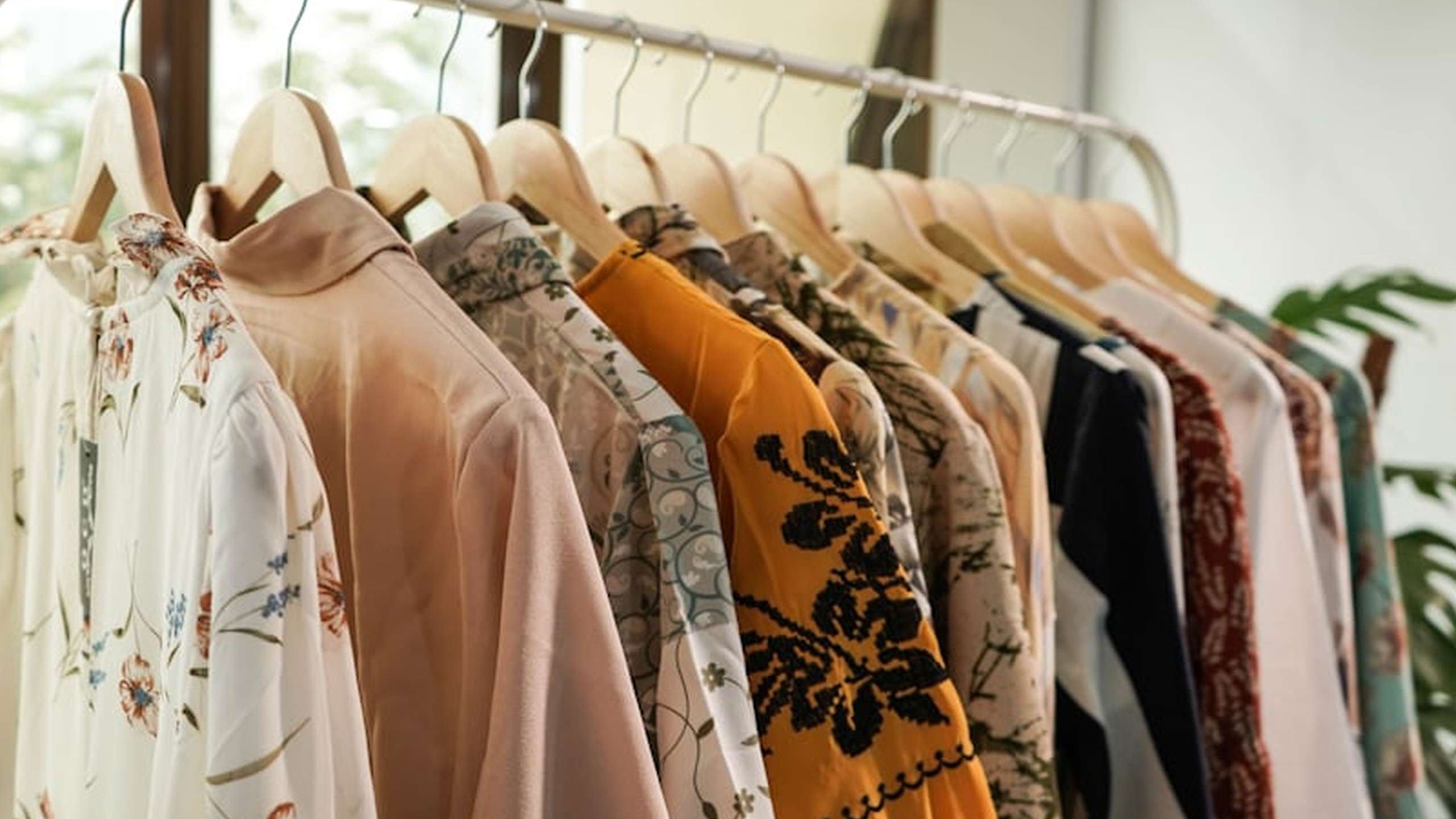 Texworld NYC recently delved into the pressing issue of scaling and standardization in the textile industry, with a focus on next-generation materials and collective sourcing strategies. At the Summer 2025 edition, attended by 2,000 textile insiders, innovative approaches such as buyers' clubs and digital platforms were explored to unlock scalability. Companies like PVH and Circ are pioneering initiatives to democratize access to sustainable materials and streamline the supply chain, reshaping the industry landscape.
Texworld NYC recently delved into the pressing issue of scaling and standardization in the textile industry, with a focus on next-generation materials and collective sourcing strategies. At the Summer 2025 edition, attended by 2,000 textile insiders, innovative approaches such as buyers' clubs and digital platforms were explored to unlock scalability. Companies like PVH and Circ are pioneering initiatives to democratize access to sustainable materials and streamline the supply chain, reshaping the industry landscape.
Collective Sourcing for Sustainability
The movement towards collective sourcing in the textile industry represents a significant shift towards sustainability and innovation. By leveraging the power of collaboration through buyers' clubs and digital platforms, companies like PVH and Circ are paving the way for a more sustainable supply chain. This approach not only democratizes access to sustainable materials but also fosters a sense of shared responsibility among brands to drive positive change in the industry. The emphasis on collective sourcing is not just about meeting current sustainability demands but also about future-proofing supply chains to align with evolving regulations and consumer preferences.
The success of initiatives like Circ's Fiber Club and World Collective lies in their ability to bridge the gap between traditional sourcing practices and the growing need for sustainable alternatives. PVH's involvement in these initiatives underscores the industry giant's commitment to driving meaningful change by embracing innovative sourcing models. As more companies recognize the benefits of collective sourcing, it is expected to become a standard practice rather than a niche approach. This shift towards collaboration not only accelerates the adoption of sustainable materials but also fosters a culture of transparency and accountability across the supply chain ecosystem.
Democratizing Access to Next-Gen Fibers
One of the key challenges in scaling sustainable materials has been the limited access for brands, especially smaller players, to innovative fibers and fabrics. Companies like PVH and Circ are addressing this challenge by democratizing access to next-generation fibers through collaborative initiatives. By pooling demand through buyers' clubs and shared platforms, brands can collectively meet minimum order quantities, enabling even emerging players to experiment with sustainable materials without the financial or logistical burdens traditionally associated with sourcing. This democratization of access not only levels the playing field but also fosters a more inclusive and diverse ecosystem within the textile industry.
The democratization of access to next-gen fibers is not just about making sustainable materials available; it is also about catalyzing a mindset shift within the industry. PVH's involvement in initiatives that prioritize accessibility and inclusivity reflects a broader trend towards redefining success in the textile sector. By empowering brands of all sizes to participate in the sustainable sourcing movement, these initiatives are reshaping industry norms and challenging the notion that sustainability is a privilege reserved for a few. As more companies embrace this democratized approach to sourcing, the industry as a whole stands to benefit from a more resilient and forward-thinking supply chain.
Innovation in Sustainable Sourcing Models
The textile industry is undergoing a paradigm shift in how it approaches sustainable sourcing, with a growing emphasis on innovation and collaboration. Companies like PVH and Circ are at the forefront of this change, spearheading initiatives that not only promote sustainability but also drive efficiency and transparency in the supply chain. By introducing novel sourcing models that prioritize collective action and shared resources, these companies are setting new standards for how textiles are sourced, produced, and consumed. The focus on innovation in sustainable sourcing models is not just a response to market trends but a strategic imperative for companies looking to future-proof their operations and differentiate themselves in a competitive landscape.
Innovative approaches to sustainable sourcing, such as those championed by PVH and Circ, are redefining industry norms and challenging conventional wisdom about how textiles are sourced and consumed. By integrating technology, collaboration, and sustainability principles into their sourcing strategies, these companies are not only meeting the demands of a changing market but also setting the stage for a more resilient and responsible industry ecosystem. The emphasis on continuous innovation in sustainable sourcing models reflects a broader shift towards a more holistic and integrated approach to sustainability, where environmental and social considerations are embedded into every aspect of the supply chain.
Conclusion
Texworld NYC's exploration of scaling and standardization in the textile industry at the Summer 2025 edition highlighted the transformative power of collective sourcing and democratized access to sustainable materials led by PVH and Circ. By championing innovative sourcing models, these companies are reshaping industry norms, fostering transparency, and driving a culture of collaboration. As the textile sector evolves towards a more sustainable future, the emphasis on continuous innovation in sourcing strategies not only meets current demands but also sets the stage for a resilient and responsible industry ecosystem. Embracing these forward-thinking approaches is not just a choice but a strategic imperative for companies aiming to thrive in a competitive landscape while driving positive change in the global supply chain.